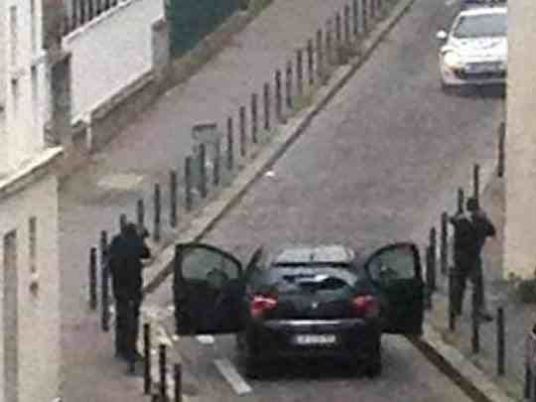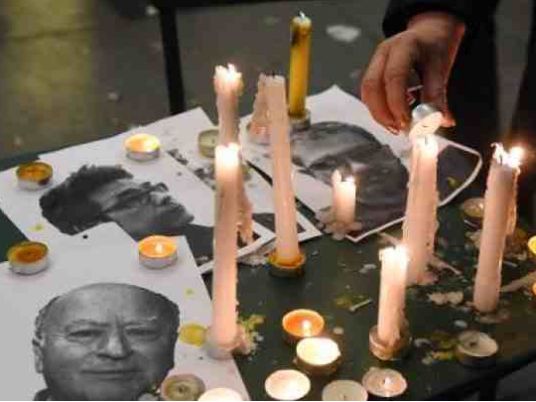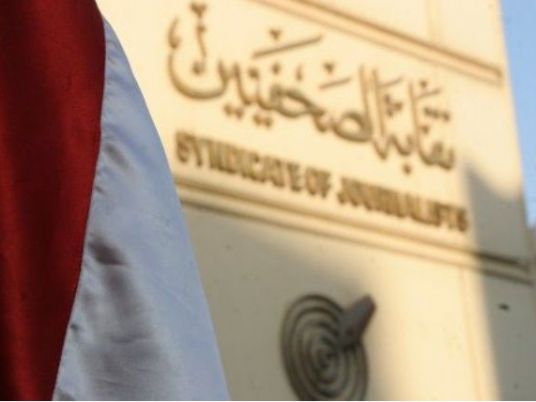
One of two brothers suspected of carrying out the deadly shooting at a French satirical weekly visited Yemen in 2011 to train with al Qaeda-affiliated militants, U.S. and European sources close to the investigation said on Thursday.
The sources said Said Kouachi, 34, was in Yemen for a number of months training with Al Qaeda in the Arabian Peninsula (AQAP), one of the group's most active affiliates.
He and his brother Cherif, 32, are the subject of a manhunt in France following the killing of 12 people by Islamist gunmen at the offices of the satirical weekly newspaper Charlie Hebdo in Paris on Wednesday.
The two suspects are French-born sons of Algerian-born parents. Both men had been under police surveillance. Cherif was jailed for 18 months for trying to travel to Iraq a decade ago to fight as part of an Islamist cell.
A Yemeni official familiar with the matter said the government was aware of the possibility of a connection between Said Kouachi and AQAP, and was looking into possible links.
The sources said that after Said Kouachi returned to France from Yemen, both brothers appeared to have refrained from any activities that might have drawn the attention of French law enforcement or spy agencies.
They also said that in the months leading up to Wednesday's attack, the men were not treated as priority targets by French counter-terrorism agencies.
U.S. government sources said both Said and Cherif Kouachi were listed in two U.S. security databases – a highly-classified database, containing information on 1.2 million possible counter-terrorism suspects, called TIDE, and the much smaller "no fly" list maintained by the Terrorist Screening Center, an interagency unit.
ABC News reported that the brothers had been listed in the databases for "years."
Dave Joly, a spokesman for the Terrorist Screening Center, said he could neither confirm nor deny whether the Kouachis were listed in counter-terrorism databases.
"Disclosure of an individual's inclusion or non-inclusion in the TSDB (screening databases) would significantly impair the government's ability to investigate and counteract terrorism," Joly said.
At the time Said Kouachi went to Yemen, one of AQAP's top inspirational and organizational leaders was Anwar al Awlaki, a U.S.-born preacher prominent in spreading the group's militant message to European and English-speaking audiences. It is not known if Said Kouachi had any contact with Awlaki, who was killed in September 2011 in a drone strike widely attributed to the CIA.
Some investigators believe Awlaki's death could have contributed to the brothers' decision to lie low, but other investigators say that it was too early to reach such a conclusion. Investigators are trying to establish the significance, if any, of the brothers' links with AQAP or any other radical Islamist group.
One of those killed in the Paris attack was Charlie Hebdo's top editor, Stephane Charbonnier, who drew cartoons under the rubric "Charb."
Last spring, "Inspire," an English-language online magazine published by AQAP, featured a "Wanted dead or alive" graphic which included Charbonnier's name and photograph. There was no immediate evidence that the graphic actually inspired the Paris attack.



